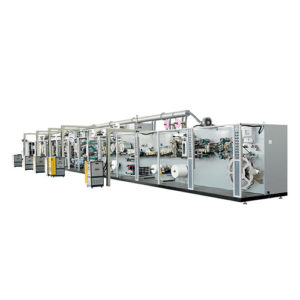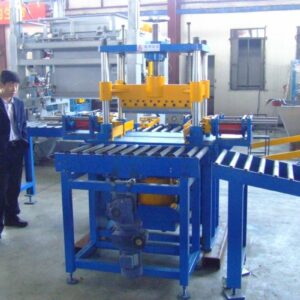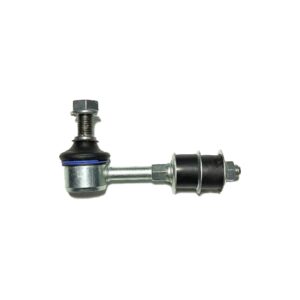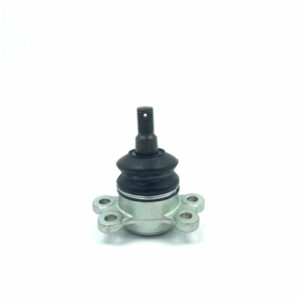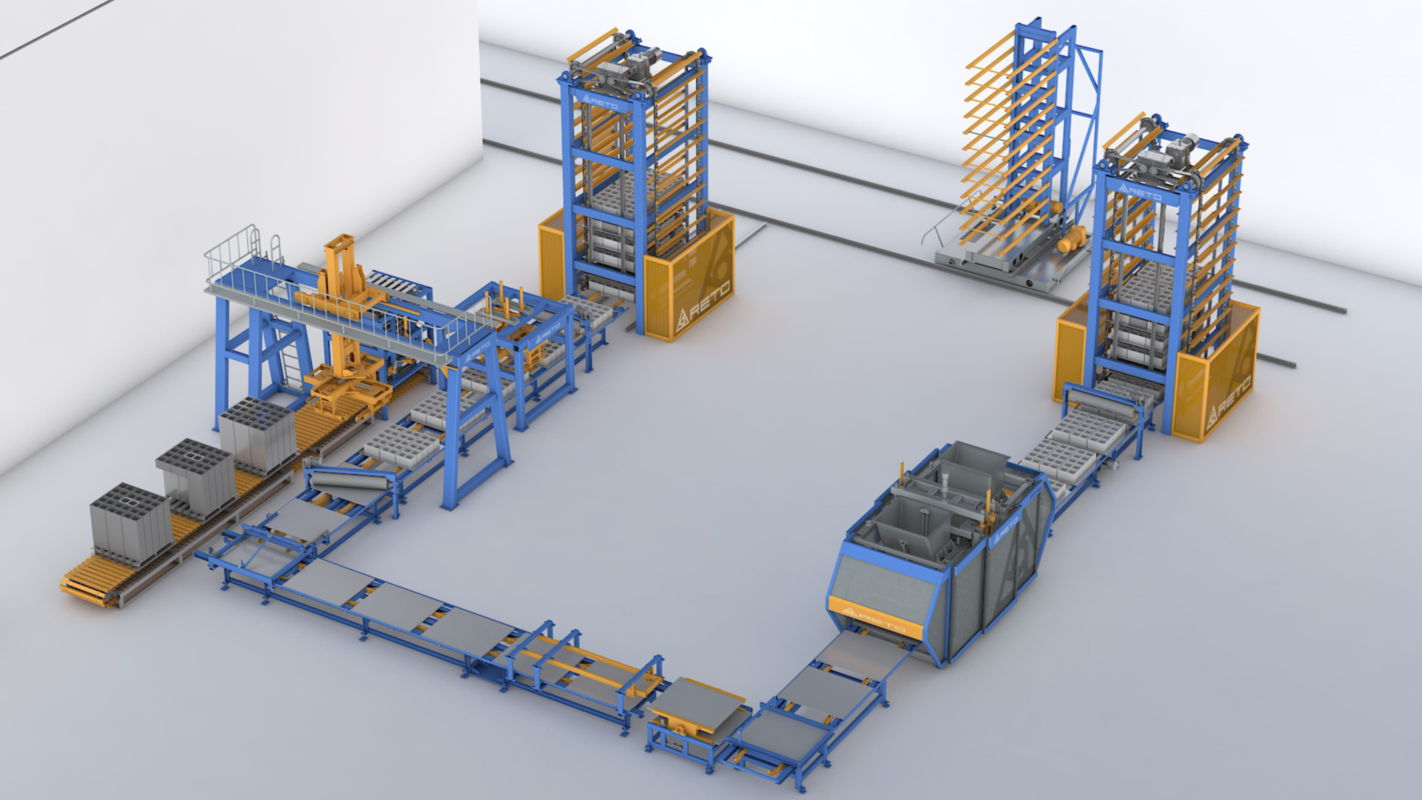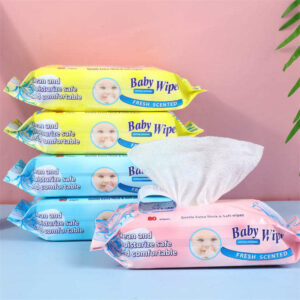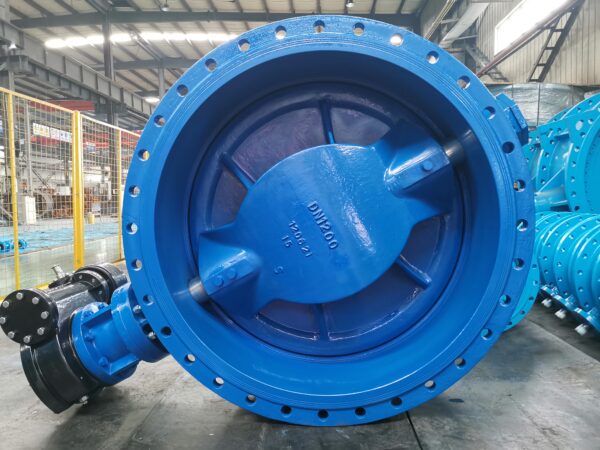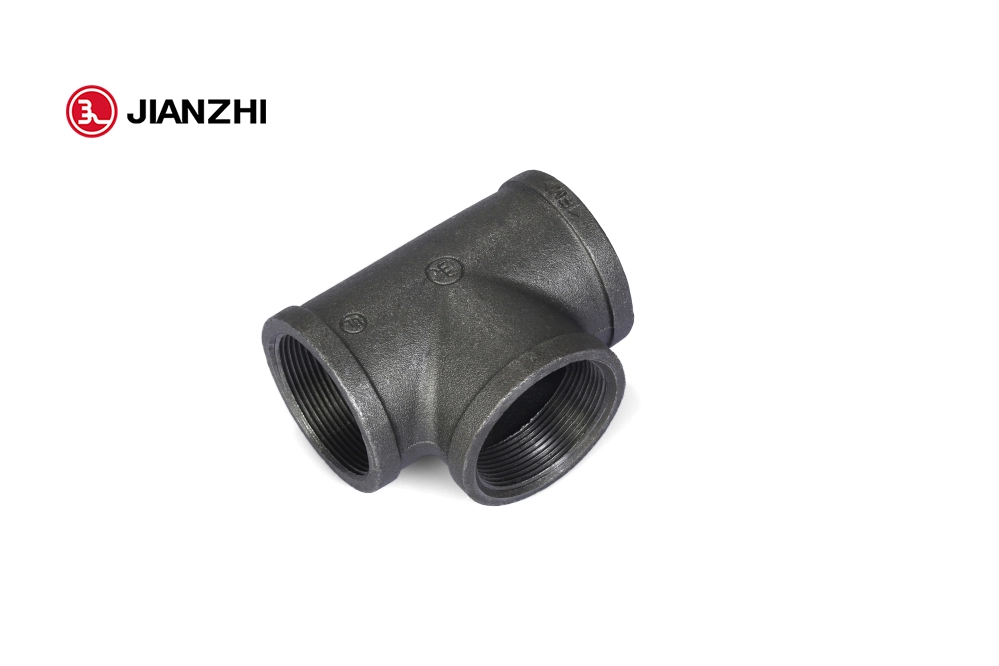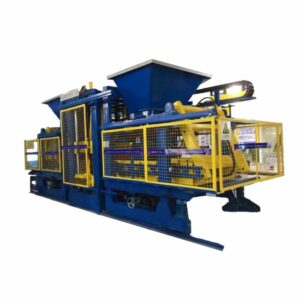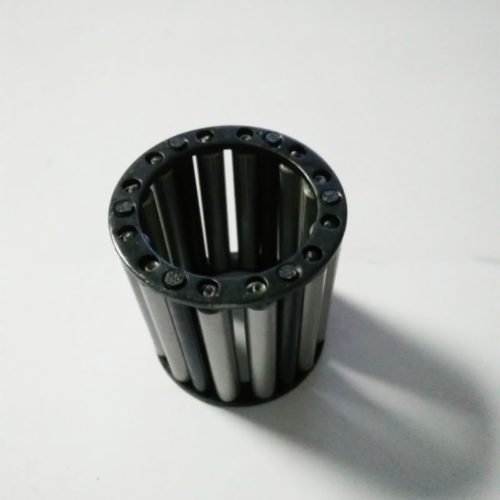There are several types of sanitary napkin products available on the market, each with their own unique features and benefits.
Here are some of the most common types of sanitary napkins and their features:
Regular sanitary napkins: Regular sanitary napkins are the most common type of menstrual product and are designed for light to moderate flow. They typically have a plastic backing to prevent leaks and adhesive wings that attach to the underwear for a secure fit.
Overnight sanitary napkins: Overnight sanitary napkins are designed for heavier flow and longer wear times, such as overnight. They are longer and thicker than regular pads and may have additional features, such as extra absorbency or a wider back to prevent leaks.
Panty liners: Panty liners are thinner and smaller than regular sanitary napkins and are designed for light discharge or as a backup for other menstrual products. They can also be used for everyday freshness and comfort.
Organic sanitary napkins: Organic sanitary napkins are made from natural materials, such as organic cotton, and are free from synthetic materials and chemicals. They are a good option for those with sensitive skin or who prefer environmentally friendly products.
Scented sanitary napkins: Scented sanitary napkins have a fragrance added to them to mask menstrual odors. However, they can irritate sensitive skin and should be avoided by those with allergies or sensitivities to fragrances.
Menstrual cups: Menstrual cups are reusable, bell-shaped cups that are inserted into the vagina to collect menstrual blood. sanitary napkin machinery They can be worn for up to 12 hours and are a sustainable and cost-effective alternative to disposable sanitary napkins.
Each type of sanitary napkin product has its own unique features and benefits, so it’s important to choose the product that best suits your menstrual needs and preferences.
How do menstrual cups compare to other sanitary napkin products in terms of cost?
Menstrual cups are generally less expensive than other disposable sanitary napkin products over the long term. While the upfront cost of a menstrual cup is higher than a package of disposable sanitary napkins, the cup can be reused for several years with proper care and cleaning. In contrast, disposable sanitary napkins are used once and then discarded, meaning that the cost of purchasing them adds up over time.
Here is a general cost comparison of menstrual cups and other sanitary napkin products:
Menstrual cups: The cost of a menstrual cup can range from $20 to $40, depending on the brand and material. With proper care and cleaning, a menstrual cup can last for several years, making it a cost-effective option over time.
Disposable sanitary napkins: The cost of disposable sanitary napkins varies depending on the brand, size, and absorbency level. A package of 20-30 pads can cost around $5 to $10, and a person may use several packages per cycle, which can add up over time.
Organic sanitary napkins: Organic sanitary napkins are often more expensive than regular disposable pads due to the use of natural materials. A package of organic pads can cost around $8 to $15 for a similar number of pads, which can also add up over time.
Overall, while the upfront cost of a menstrual cup may be higher than other sanitary napkin products, the long-term savings can be significant. Additionally, menstrual cups are a more sustainable and environmentally friendly option, as they reduce the amount of menstrual waste that ends up in landfills.
